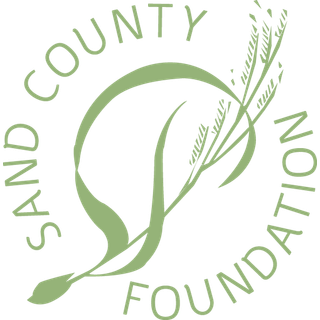Managing one’s own land is done by thousands of landowners and managers every day, but also managing the land of 15 landlords is a feat few successfully juggle. Randy and Nicole Small are among the few.
The Smalls care for all the land they manage as if it were their own, with the goal of improving upon the foundation laid by previous generations. Their 2S Land and Cattle is a sixth-generation cattle ranch and crop farm in the Verdigris River Basin in southeastern Kansas. The Smalls work alongside their family, including their two sons who have a budding interest in the family business and have even taken on the responsibility of planting their own crops.
2S Land & Cattle
The Smalls are leaders in relay cropping (when a second crop is planted into the first crop before harvest). Lespedeza is grown into their wheat crop and sold as seed to other producers, and red clover has been seeded to provide an emergency source of hay during dry years.
Implementing no-till practices has allowed the farm to continue to increase the number of acres farmed using the same or a reduced work force. Although it is commonly believed that no-till soils in their area are too cold to produce corn, Randy has developed a system that works well. The Small’s corn yields are comparable to or above their neighbor’s yields, especially in drought-stressed environments.
Rotational grazing occurs in 2-3 pasture rotations, and their stocking rates are dependent on the quality and type of pasture. The Smalls have purchased and leased several overgrazed pastures over the years, regenerating and building the native grass biodiversity over time with light grazing, patch burning and limited herbicide treatments. These efforts have paid off in productivity, often allowing the pastures to be stocked at heavier rates than neighboring paddocks.
Wildlife thrives on the ranch. The Smalls make a conscious effort to maintain adequate habitat on crop field borders to help sustain wildlife populations. Mowing of roadsides and waterways is timed in such a way to leave adequate cover for wildlife. Quail buffer strips have also been planted in several fields to provide habitat on large field borders.
“Within their busy lives, Randy and Nicole have maintained a long-range focus of sharing their conservation passion with others as well as raising their two sons to understand and believe in conservation, stewardship and community,” said David Kraft, State Rangeland Management Specialist for the USDA’s Natural Resources Conservation Service.







